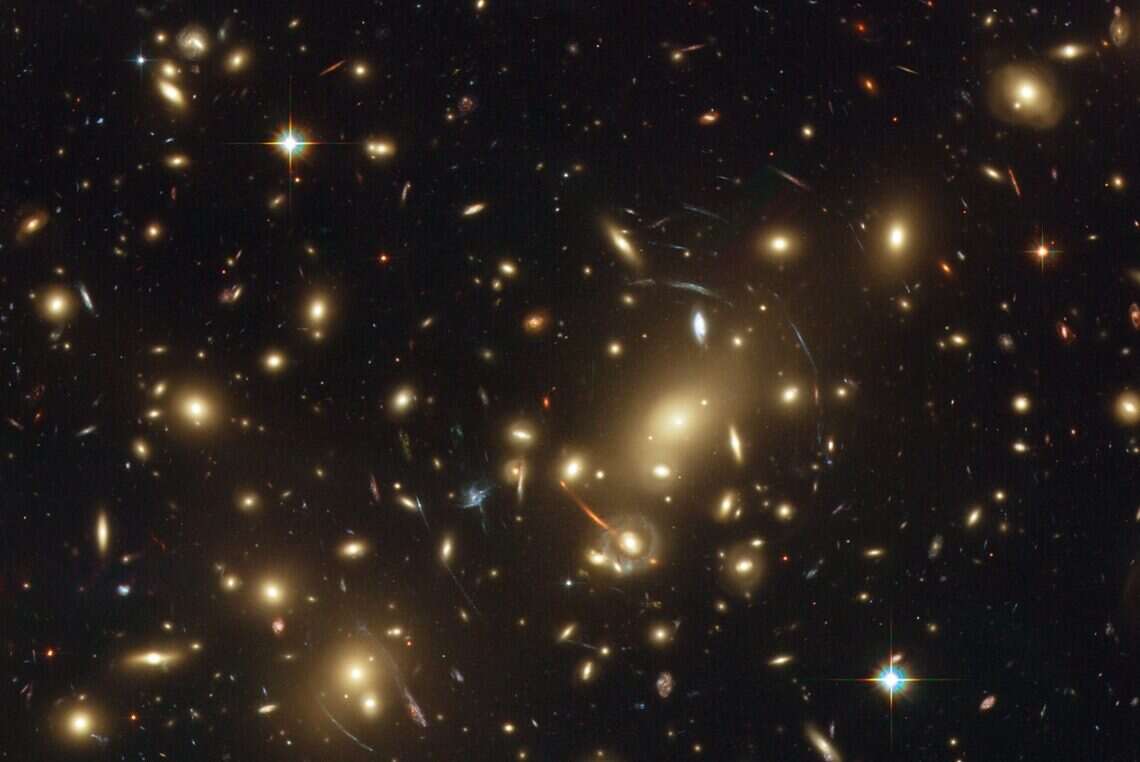THE LATEST
UW researchers use a new machine-learning tool to analyze millions of galaxies to resolve a long-standing debate among astrophysicists

The universe is a captivating subject that continues to capture the imagination of people worldwide. A recent study conducted by a team of experts from the University of Washington sheds new light on the influence of neighboring galaxies on the size of galaxies. Using a new machine-learning tool, the researchers analyzed millions of galaxies and found that the presence of neighbors affects the size of galaxies. This discovery has significant implications for understanding the evolution of galaxies over billions of years.
For a long time, astrophysicists have debated the relationship between the size of galaxies and their environment. The breakthrough came when the team used a survey of millions of galaxies conducted using the Subaru Telescope in Hawaii. With the help of a new machine learning algorithm, called GaMPEN, the researchers measured the sizes of individual galaxies with unprecedented accuracy.
Their findings revealed that galaxies in densely populated areas of the universe, with more neighboring galaxies, were up to 25% larger than isolated galaxies with similar shapes and masses. The researchers suggested that galaxies with more neighbors may be larger when they first form, or they may be more likely to interact with close neighbors.
The machine-learning tool, GaMPEN, marks a significant advancement in the field of astronomy, as it can be adapted to analyze other large surveys, helping to resolve long-standing debates among astrophysicists.
This research challenges current theories of galaxy formation and evolution, leading researchers to modify existing theories in response to these findings. It highlights the unending quest for knowledge unhampered by preconceived notions and entrenched views.
The study heralds a new era in astronomy, paving the way for future research based on complex analyses of large datasets. With the upcoming launch of new telescopes like the Vera C. Rubin Observatory in Chile, which will collect vast amounts of data from the cosmos every night, tools like GaMPEN can utilize these datasets to answer pressing questions in astrophysics.
In conclusion, the study shows that astronomy is a field full of possibilities that continue to reveal more. Exploring the galaxies offers a sense of wonder and adventure that is unlike anything else, and the study's implications for our understanding of the universe are far-reaching. The prospects of new discoveries using cutting-edge technologies remind us of the limitless potential that lies ahead as we continue to push the frontiers of our knowledge through scientific research.
